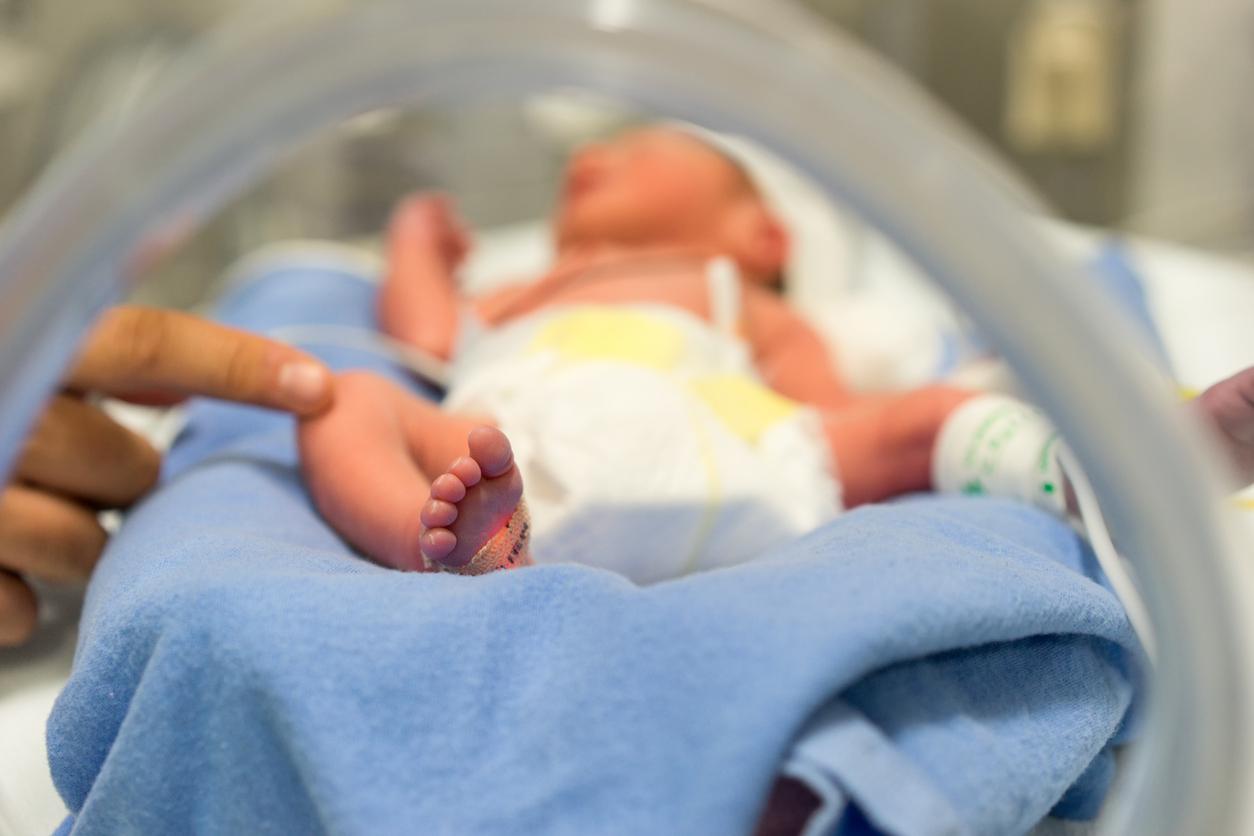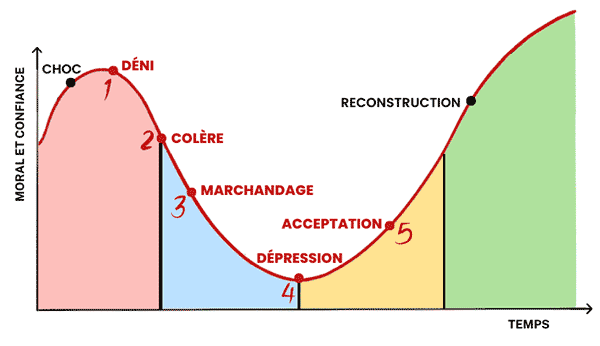Round belly, swollen feet, bulky chest… During the nine months of pregnancy, certain physical changes are expected, others are less well known and may come as a surprise.

- The pulse of expectant mothers can increase by about 10 beats per minute.
- “About 70% of pregnant women suffer from gingivitis”, according to the professor.
- During pregnancy, some suffer from melasma, namely skin hyperpigmentation.
During pregnancy, a pregnant woman’s body changes rapidly. Most physical changes are temporary and disappear after childbirth. Among them, we find the nose of pregnancy, which recently surprised many Internet users on Tiktok. In several videos, published on the platform and accompanied by the hashtag #PregnancyNose, women show that their noses were swollen when carrying life.
The nose changes shape
This natural phenomenon is perfectly normal. “It is due to the significant increase, during pregnancy, in the levels of hormones, in particular estrogen. These cause dilation of blood vessels throughout the body. As a result, more blood enters the tissues of the nose. , which expands and changes shape, appearing larger and more puffy”, explains Adam Taylor, a professor at Lancaster University and director of the Center for Clinical Anatomy Learning, in a publication by The Conversation. He adds that these hormonal changes can also cause rhinitis, which manifests as a runny nose and stuffy nose.
The heart gets thicker
During pregnancy, the heart also undergoes changes. “Your pulse may increase by about 10 beats per minute”noted the National Institute of Public Health of Quebec. In order to adapt to the baby’s growth and make room for it, the heart moves slightly in the rib cage. In detail, it is pushed higher in the chest. The size of the organ is also changed. It gets thicker. “The heart indeed has to work much harder at this time, because the volume of blood that it has to pump through the organism of the pregnant woman and the baby is much greater”, says Adam Taylor.
Pregnancy: the gums are more sensitive and the teeth can move
The oral health of pregnant women is also changing. Due to the rise in hormones, the gums become more susceptible to bleeding, infections and lesions. “About 70% of pregnant women suffer from gingivitis (a bacterial infection). The risk of cavities and tooth damage is also increased during pregnancy, especially in women with morning sickness, as stomach acid can dissolve the lining protector of the teeth, says the British professor.
During the nine months, some future mothers have the impression that their teeth are loosening. This phenomenon is related to the level of estrogen and the increase of a hormone called “relaxin”, which softens the ligaments of the body to facilitate childbirth. “In rare cases, tooth loss can actually occur. (…) Women who have been pregnant several times are more affected, as are women from lower socio-economic backgrounds. In general, such tooth loss during pregnancy is not only linked to this particular period, but rather the consequence of several years of poor oral health”, adds Adam Taylor.
Parts of the face may become darker
Some pregnant women suffer from melasma during pregnancy. According to MSD Manual, it is a cutaneous hyperpigmentation, which results in dark spots appearing at the level of the zones exposed to the sun. In general, this darkening of the skin, due to an overproduction of melanin, occurs around the eyes, nose, chin and upper lip. The skin surrounding the nipple may also darken. “This could help newborns to better identify the nipple when breastfeeding. (…) It is thought that the increase in estrogen and progesterone levels is to blame”, can we read in the publication of The Conversation.
Pregnancy: hair grows more
Another physical change: hair growth and loss. During gestation, they grow more and look healthier. This is because the hair follicles in the scalp stay in “growth” mode, due to rising estrogen levels. Conversely, some mothers-to-be observe that they lose their hair during pregnancy. “In reaction (to the shock of pregnancy), the hair goes into a ‘resting’ phase, then falls out”specifies Adam Taylor.













